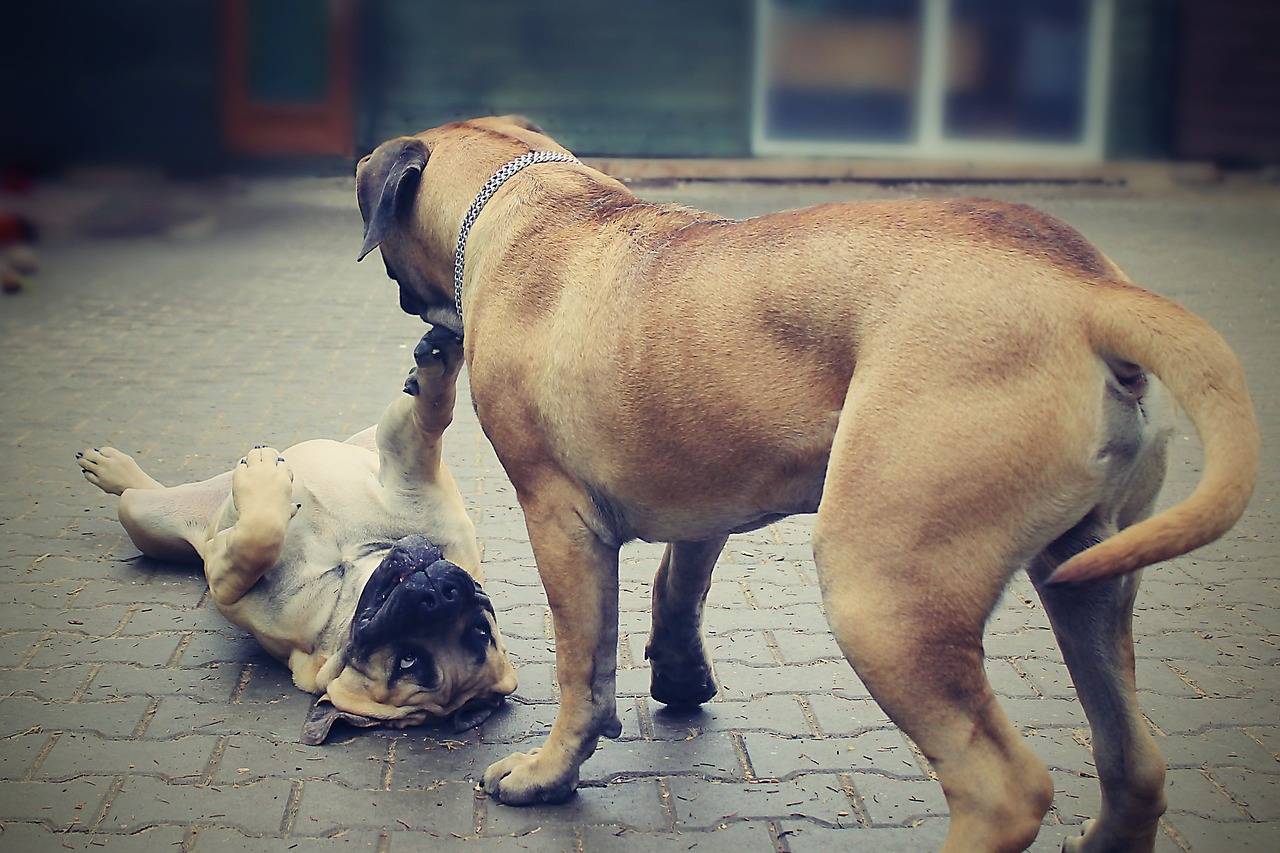The Evolution of Gender Representation in Superhero Comics
In the early years of superhero comics, male characters dominated the pages, embodying ideals of strength, courage, and heroism. These characters, such as Superman and Batman, were often portrayed as powerful and invincible figures, serving as the standard for heroism in popular culture. On the other hand, female characters in these early comics were frequently relegated to the role of damsels in distress or supporting characters, lacking agency and depth in comparison to their male counterparts.
The representation of gender in early superhero comics reflected the societal norms and expectations of the time, perpetuating traditional gender roles and stereotypes. Female characters were often depicted as frail and in need of rescue, reinforcing the idea of women as dependent and subordinate to men. This unequal portrayal of gender in comics not only limited the storytelling possibilities but also reinforced harmful stereotypes about women’s abilities and capabilities.
The Rise of Female Superheroes in the Silver Age
The Silver Age of comics in the 1950s and 1960s saw a significant shift in the portrayal of female characters in the superhero genre. As the social landscape evolved, so did the representation of women in comic books. New female heroes began to emerge, breaking the traditional mold of sidekick or damsel in distress roles. Characters like Wonder Woman, Black Widow, and Wasp became prominent figures in the superhero universe, showing that women could also be powerful and capable of saving the day.
These female superheroes brought diversity and complexity to the world of comics, appealing to a wider audience and challenging the stereotype of women being subordinate to their male counterparts. They were strong, independent, and courageous, serving as role models for readers of all genders. The rise of female superheroes during the Silver Age marked a significant step towards gender equality in the realm of comic books, paving the way for future generations of powerful and dynamic female characters.
Challenges Faced by Female Superheroes in the Bronze Age
The Bronze Age of comics presented a multitude of challenges for female superheroes, reflecting the societal norms and attitudes of the time. Female characters often found themselves relegated to secondary roles or portrayed in stereotypical ways, reinforcing traditional gender roles. The limited diversity in female superheroes during this era made it difficult for meaningful representation and development of their characters.
Furthermore, female superheroes in the Bronze Age frequently faced objectification and sexualization in their portrayal, with their appearance and attractiveness often overshadowing their abilities and character development. This trend perpetuated the notion that female superheroes were primarily meant for the male gaze rather than being empowered individuals in their own right. Despite these challenges, some female characters managed to break through these stereotypes and pave the way for a more inclusive and diverse representation in the comic book industry.
Were female superheroes well represented in early superhero comics?
No, female superheroes were not well represented in early superhero comics. They were often portrayed as side characters or love interests of male superheroes.
When did female superheroes start to rise in popularity?
Female superheroes started to rise in popularity during the Silver Age of comic books, which began in the late 1950s.
What challenges did female superheroes face in the Bronze Age?
Female superheroes in the Bronze Age faced challenges such as lack of representation, stereotyping, and limited storylines compared to their male counterparts.
How did the portrayal of female superheroes evolve over time?
The portrayal of female superheroes evolved over time to become more empowered, independent, and complex characters with their own unique storylines and abilities.






